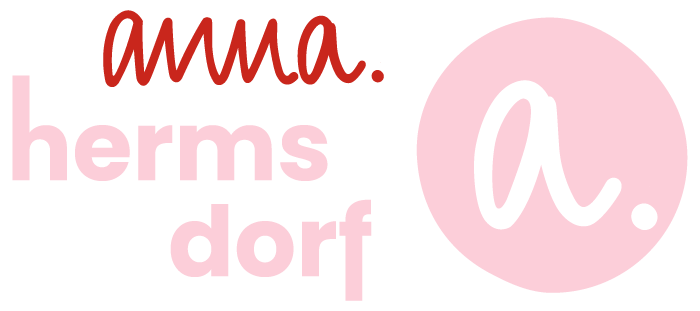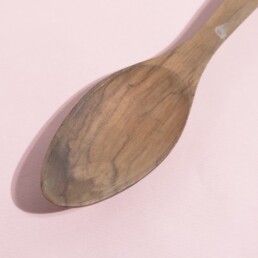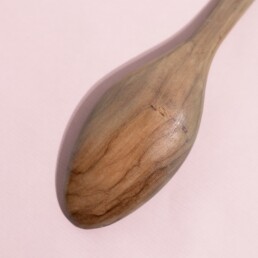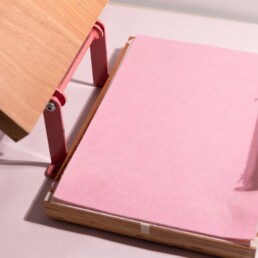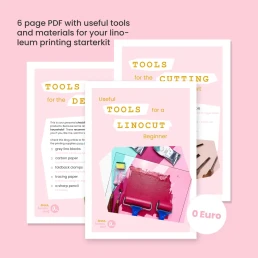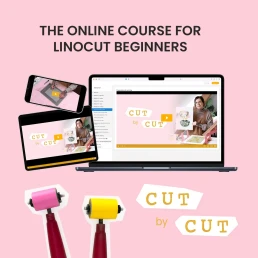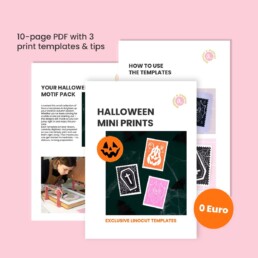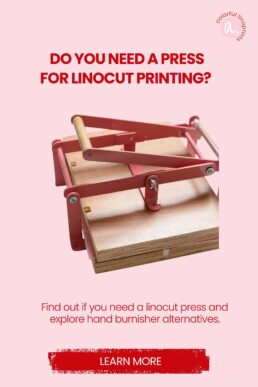
Do You Need a Printing Press for Linocut? Tips & Alternatives
A hand printing press for linocut is a really great tool and I don’t want to miss it. But do you need it, to make even prints? Practical tips for beginners and advanced linocut artists.
I will help you understand linocut printing step by step, try it out for yourself, and create your own prints.
To keep it short: it depends. As always. I spent the first 1.5 years without a linocut press, and it worked perfectly fine. But once you’ve experienced using a press, you probably won’t want to go back.
One thing is certain: you don’t need a press to get good prints from your linocut block! It just requires more effort – mainly physical strength.
Alternatives to a Press
Before we talk about presses, let me show you the best alternatives.
Hand burnishers are very useful. In English, they’re called “baren.” There are many variations:
-
Classic bamboo baren: Traditional tool in Japanese woodblock printing, works very well for linocuts too. You hold it by the handle and rub the paper in circular motions. I mainly use it to lightly fix the paper for the first press.
-
Speedball baren: Has a firm padded surface that glides smoothly over the paper without damaging it.
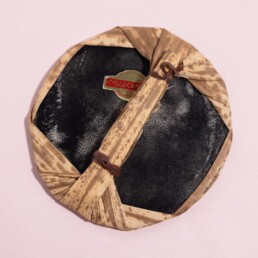

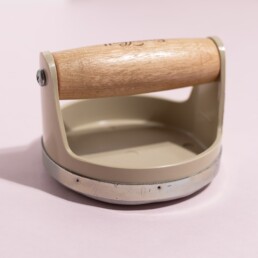
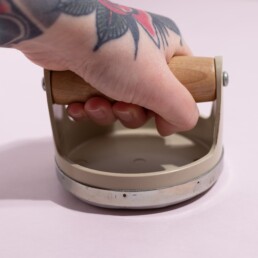
The Wooden Spoon
A wooden spoon is essential. You could use metal, but it can get quite hot after prolonged rubbing. My wooden spoon was once part of a salad set – a regular cooking spoon works too. Make sure it has a smooth surface to protect the paper.
Use the spoon to rub your design in small circular movements. Important: place the paper on the block, not the other way around.
Another alternative are brayers. Look similar to ink rollers and can apply ink. My recommendation: they don’t replace the wooden spoon and are less convenient.
The Hand Printing Press
If you print a lot, you might want to consider a hand press. I bought a hand press from Jan (Woodzilla) in 2020:
-
Price: around €300 plus shipping
-
Size: A3 – you can print A3 paper and smaller formats
-
Delivery: includes a felt mat for even pressure
My first print with it was a revelation! The results were so even and easy to achieve that I could hardly believe it.
Still, printing by hand works too, but it requires patience and strength. You’ll spend several minutes in a slightly bent position to get as close as possible to the block. A high worktable can help, but not everyone has one at home.
Do you need a linocut press?
Learn to love linocut first before investing in a press. Once you’re ready and can afford it, you won’t regret the purchase.
For beginners, hand burnishers and a wooden spoon are enough to get beautiful prints.
Want to know more about essential tools for beginners? Check out my article: Linocut Tools for Beginners.
